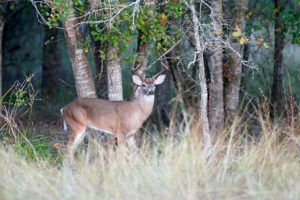 There is more to forests than just the trees. Nearly half of all known wildlife species live in forests, including 80-percent of those dwelling on land.
There is more to forests than just the trees. Nearly half of all known wildlife species live in forests, including 80-percent of those dwelling on land.
Forests are abundant with life. Bugs and worms replenish the soil with nutrients, bees spread pollen just as birds do seeds, and carnivores like wolves and big cats control the herbivores.
Healthy forests are necessary to support this balance of nature. It’s not enough to assume that every species can survive “in the woods.” Those that can’t find food and water lacking in some forested areas move on to more abundant locations.
Forest management keeps trees healthy providing a home to a wide variety of wildlife and organisms. In addition, it helps purify the air and waterways benefiting humans, plus adding billions of dollars to the economy through the timber and paper industries.
Programs aimed at keeping forests healthy rotate timber harvests by focusing on different types of trees and different sections of the forest. In some cases, ecological succession has been achieved, essentially stopping time and keeping the forests in a perpetual state of youth.
Bird & Crawford Forestry can provide more information on these programs and others, plus help with setting and reaching your total land management goals.




